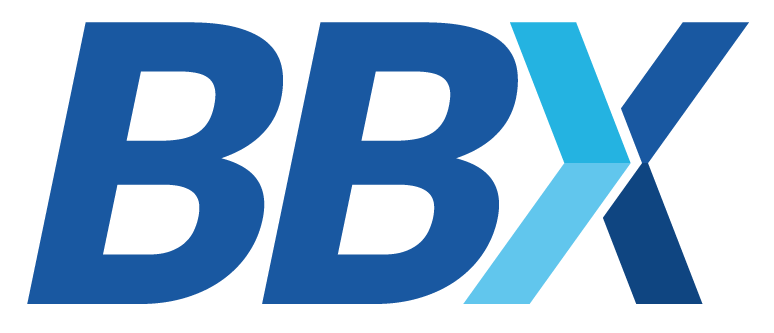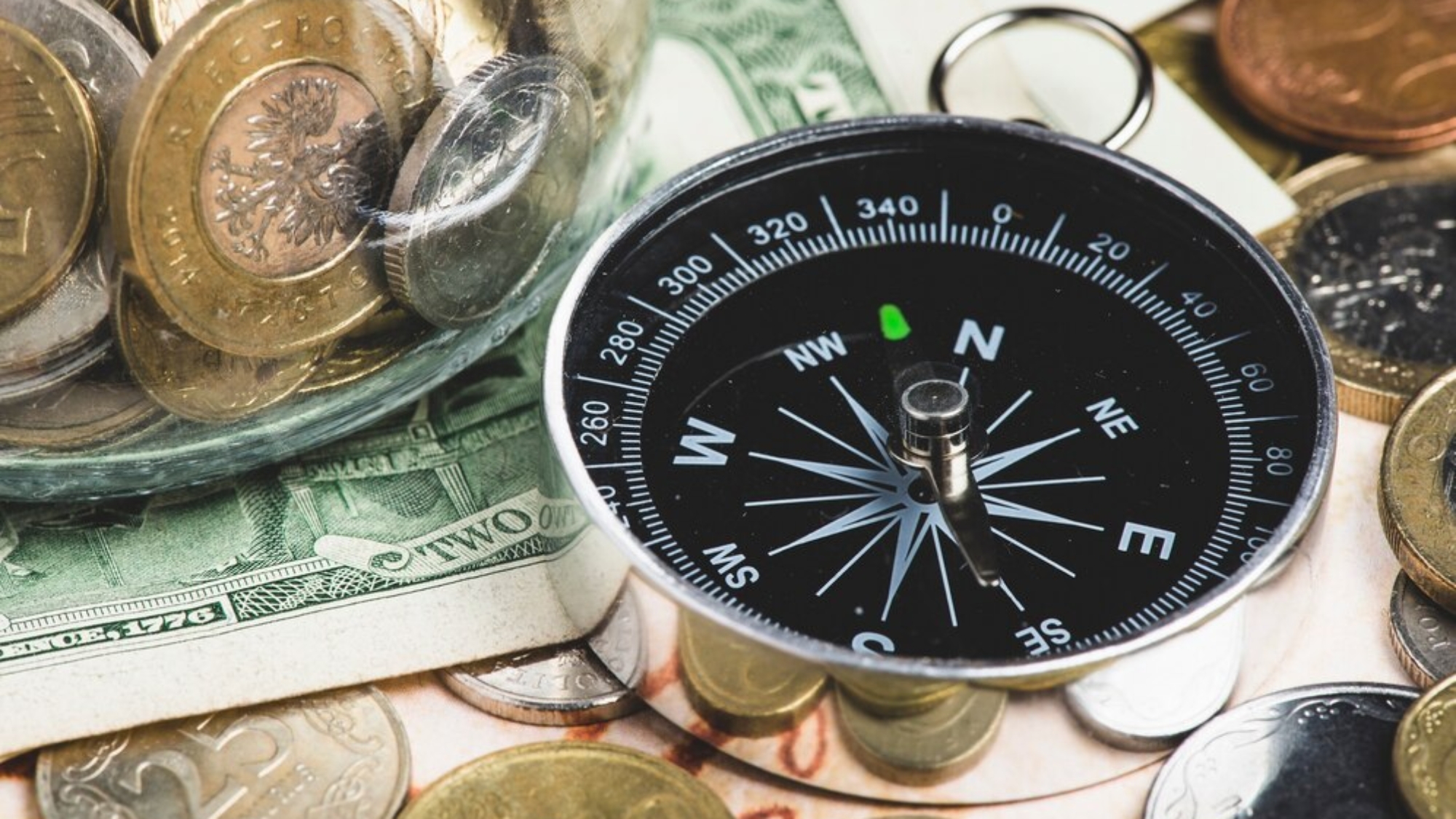The Roots of Commerce
The history of trade and commerce is as old as humankind itself, and likely began as soon as humans developed the ability to communicate. As far back as the Stone Age, our ancestors were exchanging goods and services – some estimates date the advent of long-distance commerce to 150,000 years ago.
These earliest forms of barter trade likely revolved around things that were necessary for immediate survival, like food and shelter. Of course, these trades were completely arbitrary. One might exchange some foraged goods for animal pelts to help stave off the winter cold; the next time, some flint for toolmaking and fire-starting.
As hunter-gatherer tribes settled down and formed the first agrarian societies, domesticating both plants and animals, they gained access to more reliable and diverse food supplies. Communities grew larger, and now that survival was a bit less of a struggle, they were able to divert time and resources towards improving their quality of life. This, in turn, paved the way for specialisation and division of labour, leading to the development of new technologies and more complex goods – and elevating the importance of trade within and between communities.
This helped to address some of the inherent challenges of barter: for example, there was no guarantee that you would find what you want in the market, or that people would want whatever you were selling – a double coincidence of wants. Finding the right people to barter with could be difficult and time-consuming. Other commonly traded goods might be harder to transport or divide (like livestock), or diminish in value over time (like perishable goods).
Even so, different communities might have different valuation systems, or different items considered valuable. As metalworking developed, people began to make coins out of metal, which were intrinsically valuable, portable, durable, and easily divisible. By 700 BC, manufactured coins had been introduced independently in India, China, and the Mediterranean. These were the first currencies, and the first steps towards a unified system of value. This would have been conducive for long-distance trade, and perhaps central to the development of societies that engaged in it – the exchange of goods was also the exchange of technology, ideas, and culture.
Early Financial Systems
With currencies came new challenges, such as how to formalize value, or how to store them. Naturally, concepts like banking and credit developed alongside commerce, with the origins of lending going back to ancient Mesopotamia. Around 2000 BC, one of the first major trade and market economies developed among the city states of Sumer, using a certain weight measure of barley called the shekel. This unit of weight – as well as the value of the silver coins that eventually replaced them – would have been determined by traders and the authorities of the time.
Meanwhile, local temples were designated for the storage of these valuables. Historical records suggest that the priests would lend these resources out to the locals, and were responsible for keeping track of transactions, introducing the idea of bookkeeping. This led to some of the earliest forms of financial regulations – the Code of Hammurabi, for instance, set interest rates for the loan of grains and silver.
Of course, lending comes with inherent and obvious risks for the lender: what if the borrower is unable to pay back what is owed? Thus arose the idea of collateral, or a form of security to minimize the risks undertaken by the lender, backed up by whatever laws were present at the time. For example, under the same Code, a defaulter (and perhaps even their family) could end up performing forced labor for the lender for three years to settle the debt. Pretty harsh stuff, but this acted as a guarantee of repayment – in one form or another.
Eventually, these financial systems would be formalized in the interest of legitimacy and convenience. One of the first instances of standardized coinage was in ancient Greece, which replaced traditional standards of value and facilitated trade in the region. The Romans would formalize banking and moneylending, setting up distinct institutions to handle them, while pioneering new innovations such as bills of exchange – allowing for the transfer of money between bank branches. At the same time, wealthy merchants and families also began to set up their own private depositories, while lending out coins with interest to those who needed them.
More complex and sophisticated forms of collateralization also emerged during this period. Land, merchant vessels, and personal property were common types of collateral, and under Roman fiducia and pignus laws, these were given to the lender and would only be returned upon full settlement of the debt. Later on, there were hypotheca – the earliest known form of mortgages, allowing the debtor to continue to use and profit from property that had been pledged as collateral.
As time passed, commerce continued to develop alongside human civilization and technology. Advances in shipbuilding and sailing opened up new trade routes and possibilities as traders and explorers made contact with ever more distant societies. Meanwhile, trade goods became increasingly diverse, with a growing focus on luxury goods and capital.
The Medici and the Banking Renaissance
The modern banking system can trace its roots back to the Italian Renaissance, where the House of Medici would grow to become one of the largest banking dynasties in the world, while also revolutionizing banking practices. By then, trade was flourishing across Europe and Asia via the Silk Road and the maritime republics in the Mediterranean, and the Medici needed an accurate method of keeping track of the vast amounts of wealth flowing through their systems.
They were the first to popularize the use of double-entry bookkeeping, involving the use of ledgers that recorded both debit and credit transactions – a system that is still used in modern finance. Merchants were then able to keep track of their financial status and holdings with minimal errors. Soon, this established account keeping as one of the key roles that banks played, while building their reputation for reliability, transparency, and accountability.
The Medicis also established bank branches across Europe, facilitating commerce and cross-border financial transactions. They pioneered the use of letters of credit, which were the precursors of the cheques we use today, and provided financial services such as currency exchange and risk management – essentially carrying out functions that are now associated with by central banks. Soon, their clientele included nobility and royalty across the region, and even the Vatican – underscoring the major role that banks would play internationally from then on.
Digital Platforms and BBX
In modern times, one of the biggest recent developments in trade is e-commerce. With digital platforms, we now buy and sell things with unparalleled convenience, as individual consumers or as businesses. This helped to level the playing field for small businesses, who were affected greatly by the rise of chain stores and superstores, like Walmart in the United States. The economies of scale that these corporations enjoyed allowed them to become ubiquitous and offer low prices that smaller retailers could not compete with. With digitalization, the barriers to entry for micro, small and medium enterprises (MSMEs) are smaller than ever.
The BBX digital trade platform is based on these time-honoured trade practices and principles, enhanced with innovation and technology. Our Digital Trade Credit (DTC) system retains the simplicity and mutual benefit of bartering, while removing the dependency on simultaneous wants and needs. As an alternative means of settlement that is also complementary to cash, trading in DTC helps MSMEs get what they need to grow their businesses while preserving their cashflow.
We assess each business holistically based on a score card, and based on that, issue them an interest-free DTC credit line. There is no need for traditional collateralization; here, we use the value of the goods and services that the business can offer to the BBX community. Access to credit remains one of the major challenges facing small businesses today, and BBX offers a flexible alternative with minimal risk and maximum impact.
We also use digital ledger technology to ensure secure and transparent record-keeping. This allows our members to trade with confidence due to their trust in our system. This trust is also what helps us build and expand our trading communities; our members gain access to our international network of over 6,000 MSMEs across eight countries, significantly expanding their market reach.
For more information on how the BBX digital trade platform works, visit our website at www.bbxworld.com.

